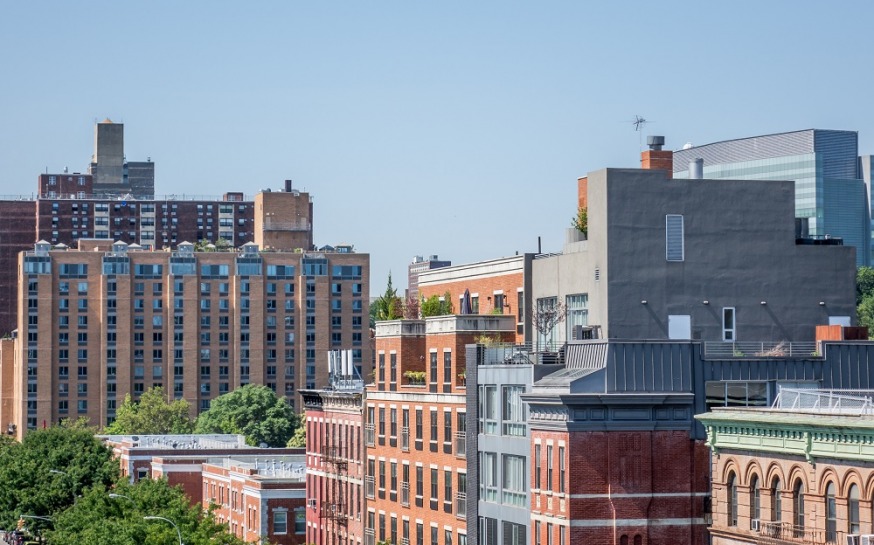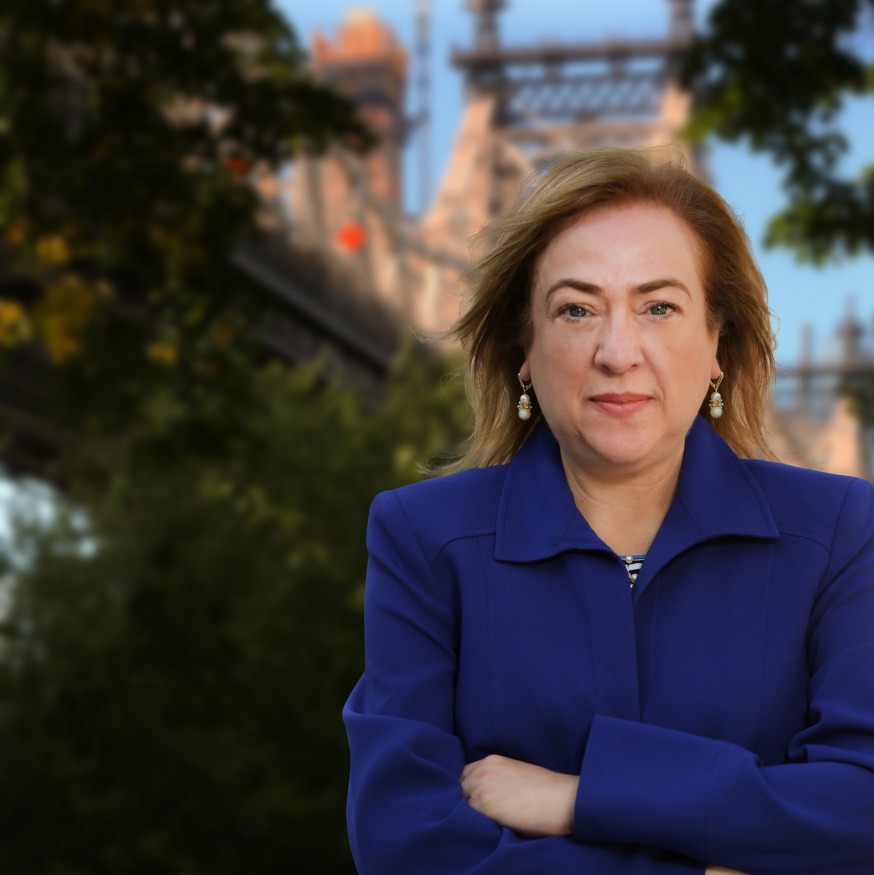
Photo: NYC Housing Preservation & Development
April 5, 2021 Op-Ed By Denise Keehan-Smith
I’m a third-generation Woodside resident and my family has lived in Woodside for over 85 years. The Woodside, Sunnyside, and Long Island City community is our home, and like many families, it’s getting more and more expensive for people to stay here.
The reason is simple: affordable housing is not really affordable.
During my time as Chairwoman of Community Board 2, there was a great deal of residential buildings constructed in Woodside, Sunnyside, and Long Island City.
Most developers promised that they would offer a portion of the available units at an affordable rent. Potential residents were excited about the prospects of living in a new building with a chance to pay a fair amount. Most were disappointed when they learned they didn’t qualify for one of the affordability ‘bands’ due to their income or, the rent was much higher than what they expected to pay.
So why is it then that affordable housing is not really affordable?
Housing is considered affordable when it consumes no more than 30 percent of a person’s total income. To create affordable housing, the regional Area Median Income (AMI) is used to determine affordability.
The AMI for New York City is calculated every year by the U.S. Department of Housing and Urban Development (HUD). It includes all five boroughs as well as outlying counties Nassau, Suffolk, Westchester, Fairfield and Putnam. The current AMI for 2020 is $102,400 for a family of three.

Photo: Denise Keehan-Smith (Courtesy of Keehan-Smith)
AMI sets the rent of a subsidized unit and allows households to use their income level and household size to determine what is affordable for them. Furthermore, there are five affordability categories for New Yorkers. They range from zero to 165 percent AMI. The Extremely Low Income ranges from zero to 30 percent AMI, The Very Low Income is 31-50 percent AMI, Low Income is 51-80 percent AMI, Moderate Income is 81-120 percent AMI, and Middle Income is 121-165 percent AMI.
While a small percentage of the available units are offered at the lowest AMI bands, most units are offered at the higher AMI rates, allowing developers to recoup their costs in building, but it does not provide a fair opportunity to the neediest of people.
In a large percentage of cases, it appears those who can afford to pay the higher rates usually decline the apartments because they do not believe they are getting the most for their money. The situation came to a head last year in February 2020 when the mayor learned there were over 300 newly constructed apartment units that were slotted for the higher AMI bands, but remained unoccupied. Instead, he moved homeless individuals into the available units.
Another common issue is developers providing a percentage of newly constructed affordable housing units to those living in the immediate area. It excludes those who want to move into a new area, but it also excludes those who do not earn enough to qualify for the available affordability bands.
It’s time to do better for our communities and create real affordable housing.
The inclusion of income from outlying counties to calculate our AMI is outdated and ineffective. Look no further than the fact that New York’s AMI is 20 percent higher than the median income in New York City. We should also consider using a different criteria such as zip codes to determine realistic neighborhood averages. Replacing or recalculating AMI is the best way to deliver more affordable housing units for the people who actually need it the most.
We must work together to find a solution to housing affordability to keep our diverse communities thriving.
Denise Keehan-Smith is a lifelong Woodside resident, the former chairwoman of Community Board 2, and the current Democratic District Leader for the 30th Assembly District Part A. She is a Democratic candidate for the 26th Council District.
5 Comments

Why not just build more Mitchell Lama type developments? Not enough ROI for developers I guess. That said, the concept of affordability having to be present everywhere is flawed. LIC is now mostly a wealthy enclave in parts. It is not affordable for typical working folk. They must look elsewhere for affordable options. I never expected to live on Park Avenue on my salary and I don’t expect to live in a brand new gleaming tower in LIC on my salary. Those are the breaks. Forced affordability is just as bad as gentrification.
Thank you for your informative and sorely needed op-ed Denise.
I live in neighboring Greenpoint, a neighbirhood undergoing many of the same changes as LIC and western Queens.
This is what I posted in our neighborhood online resources:
This is a post for my neighbors in Greenpoint:
a neighborhood undergoing change,
a still wonderful neighborhood to live in,
but a neighborhood where most of the so-called affordable housing is not affordable, especially in the new buildings sprouting up all along our waterfront.
Below is an article from the online LIC/Queens Post that outlines the basics of how so-called affordable housing works, or to be more accurate, how it does NOT work – for the great majority of residents and New Yorkers.
These affordable housing rules are not rules written on sacred stone tablets.
These rules are written by politicians, not prophets from on high.
These rules can and must be changed.
These rules must be changed to be more inclusive.
These rules must be changed to be more realistic,
especially with regard to people’s incomes, and their available resources.
The article is a good starting point for making these sorely needed changes in our affordable housing formulas.
If only our politicians can be persuaded to cater to our real needs, our everyday needs, and our most basic human needs as a community.
OUR needs – instead of the needs of donating developers to fill their pockets with profits, as they then run off gleefully to the bank, and leave our community worse off than before.
This has been going on for far too long, fueled by donated money & greed.
We must either persuade our politicians to respond to our true needs, and to respond to us, or vote them out – replacing them with public servants who will truly serve the commnity’s needs.
https://licpost.com/op-ed-why-affordable-housing-is-not-really-affordable
Thank you, Ms. Keehan Smith. I hope your rationale prevails. The empty phrase, “affordable portion,” is finally explained. Let us stop overbuilding, and especially in real low rise neighborhood, as in Sunnyside. Please!
I totally agree with this article. I’m sure most of New Yorkers’ inhabitants agree too. It’s time for real affordable housing!
This makes sense on why there are no real affordable. Rents. My question is of the Mayor. And other Politicians know this why do we still. Do it. ? The answerbis Developers have too much power in this city. My guess is they paid. Politicians handsomely for those rights too.